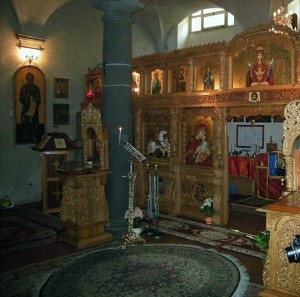
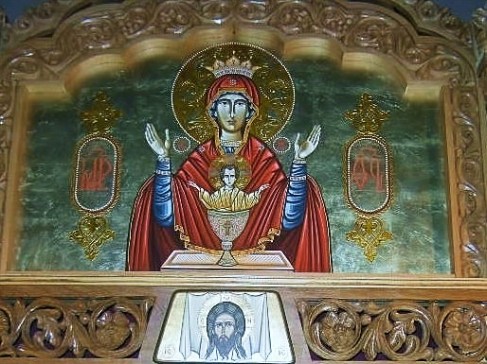
The very beautiful fresco above is in an oriental Orthodox Church in Florence. Down a side street in a working class area, I found it quite by accident. Totally off the beaten track, and not mentioned in the guide books, I was overwhelmed by its loveliness. A baptism was taking place at the time and everyone was gathered round the font, so I was able to take the photograph without being observed. What is unique, is the Christ Child emerging from the chalice with the “icon made without hands” below.
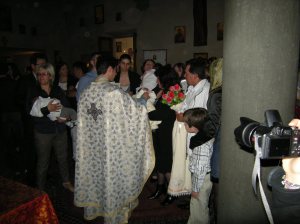
The Icon made without hands is traditionally understood as the image of the face of Christ left on the cloth with which St Veronica wiped the face of Jesus on his way to Calvary. The name Veronica means true icon. The glory of an Icon or fresco is that it carries a whole range of doctrines without words.
Italy is full of treasures that go unnoticed by most visitors. Exploring back streets and accidentally stumbling on some beautiful painting or fresco is a great joy.
The beautiful statue of the Virgin below, is in the Church of San Miniato al Monte, South of Florence. To reach the Church one has a steep hill climb and takes a good half hour. The hill dominates the city. Wandering around a beautiful church gives me enormous pleasure. The building is Romanesque like many others in France and Italy, but it was the statue that really spoke to me. The artist has captured the innocence and simplicity of the Virgin.
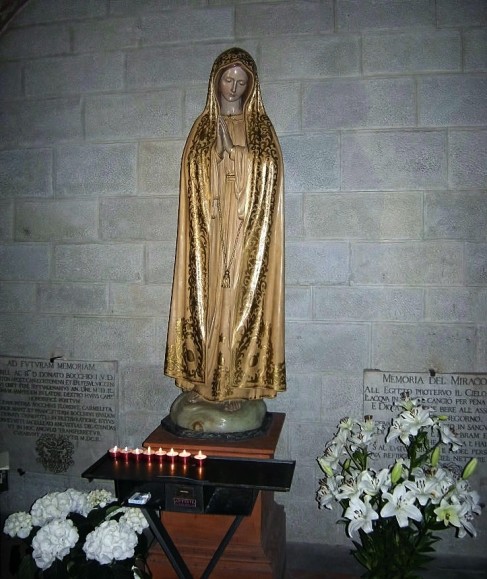
Coming from an Anglo Catholic background, the Virgin Mary has played an important role in my Christian life. She enhances my faith in God and in no way diminishes the importance of Our Lord Jesus Christ. St John tells us that “The Word was made flesh and dwelt among us. That flesh he received from his Mother.
This prayer from Eastern Orthodoxy to the Virgin Mary expresses beautifully the understanding of icons and images of the Virgin Mary.
“The indefinable Word of the Father made himself definable, having taken flesh of thee O Mother of God, and having re-fashioned the soiled image to its former state, has suffused it with Divine Beauty. But confessing salvation we show it forth in deed and word.”
When Mary was approached by the Angel Gabriel she responded with these immortal words – Behold the handmaiden of the Lord, be it unto me according to thy word.”
Her yes to God fulfilled God’s purposes for our salvation. Alleluia.
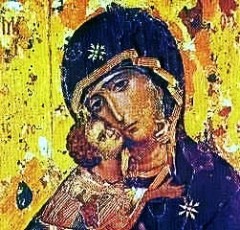
There is often a reluctance of many Christians to give the Mother of Jesus the love and honour she deserves. This is sad. The gentle maiden from Nazareth, who was the Mother of the Lord, should have a special place in our hearts and love. She had been prepared by God from all eternity for that roll. Her call and her response were one with God’s choice. Mary’s call by God has universal significance because it connects God’s call of Ancient Israel with his call of the Church and in particular our own vocation within the Body of Christ.
The two remarkable prophecies of First Isaiah come to fruition in Mary just as the fruit of her womb is the Eternal Word of God in human form. It is that same en-fleshed Word that we receive in the holy Eucharist. This is my body given for you.
“Behold a virgin shall conceive and bear a son, and shall call his name Immanuel.”
“For unto us a child is born, unto us a son is given.” In Jesus God is with us.
The image of the God bearing Virgin as set forth in the Bible speaks of God’s love revealed in a human being with a unique vocation. She is the handmaiden of the Lord. Her historical setting of Nazareth and Bethlehem, and ultimately of Calvary, show her to be the Mother who shares in the sorrow and passion of Jesus. She stands with the Beloved disciple John at the foot of the Cross.
The humble little maiden who said, “Be it unto me according to thy word,” is one who eternalizes meekness, generosity, zeal, chastity and fruitfulness.
“And Mary said, ‘My soul doth magnify the Lord,
And my spirit hath rejoiced in God my Saviour,
for he hath regarded the low estate of his handmaiden;
for behold from hence forth all generations
Shall call me blessed…”
Praying to her may be difficult for some to accept. Personally I’ve never found it a problem. It seems quite natural to ask for her prayers.
Those who light candles and pray before her image, witness to her vocation as the Mother of Christ in his human appearance on earth. The Council of Ephesus declared her to be the Mother of God.
The Celtic Church called her the Queen of the Angels. That is rather a beautiful title. It was the Angel of the Lord who first told her that she was highly favoured by God and was to give birth to his Son… for which – thanks be to God.
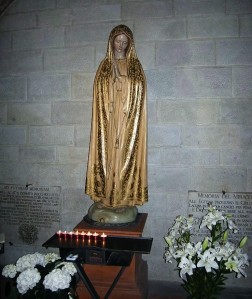

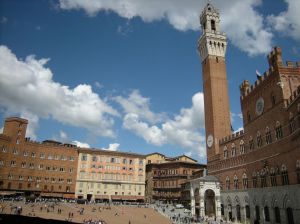
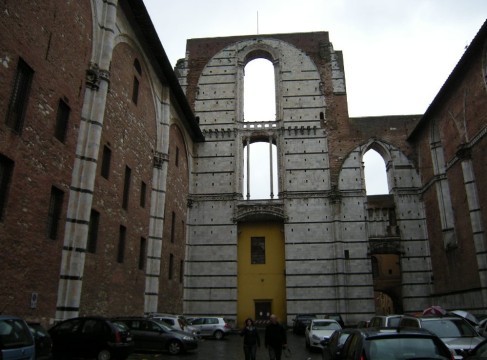
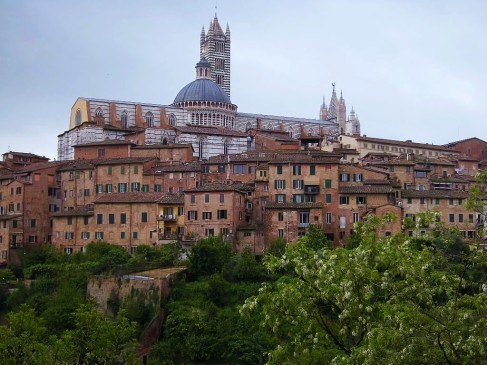
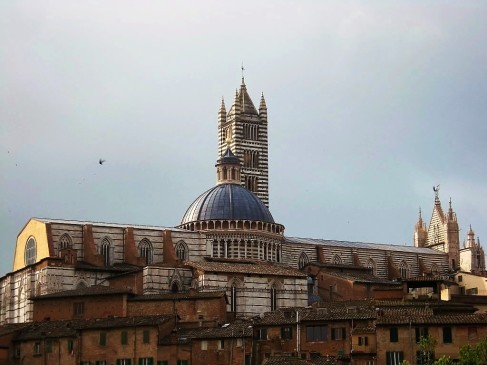

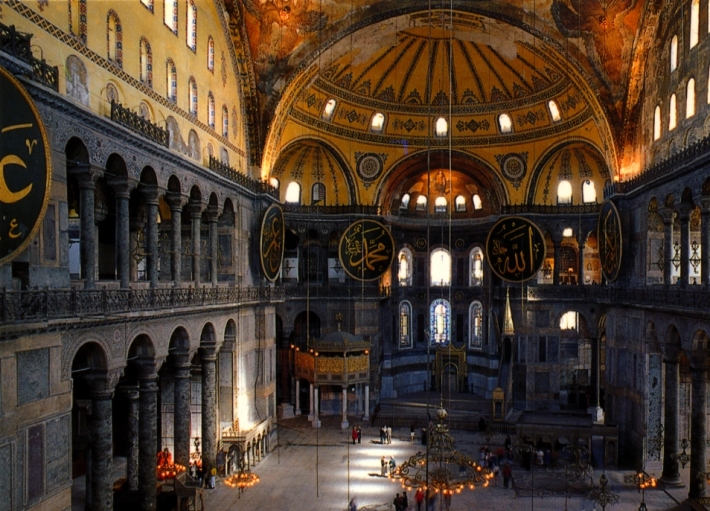
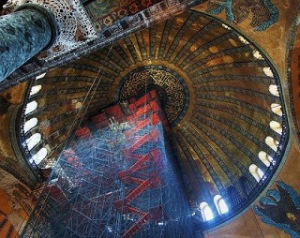
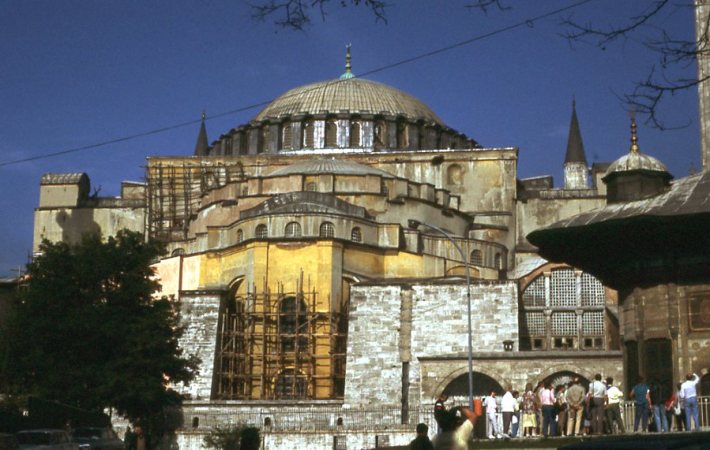
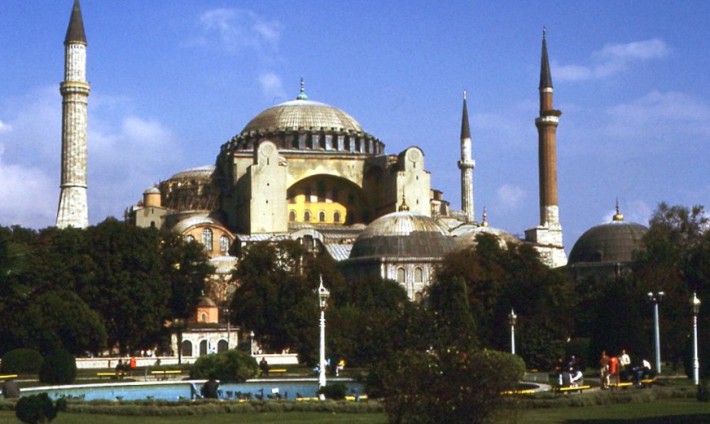
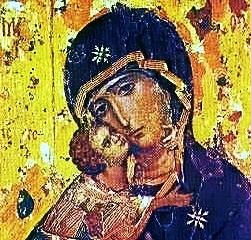

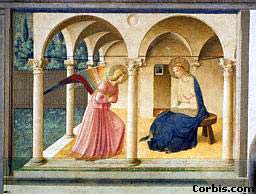
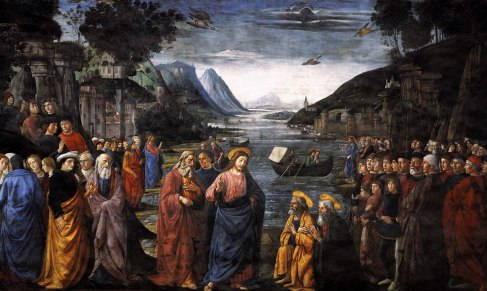

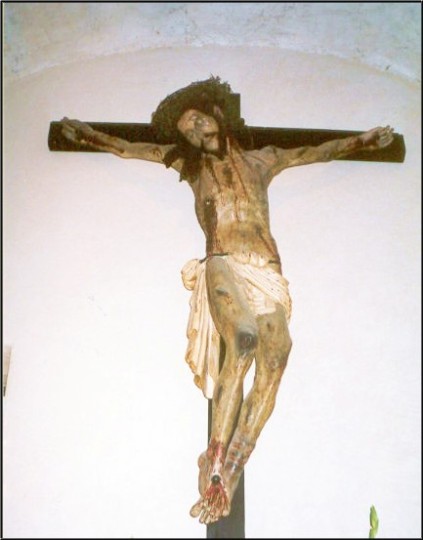
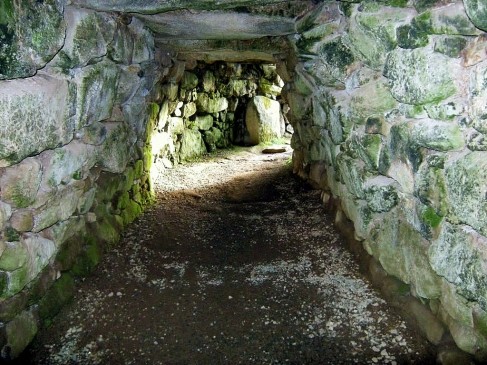
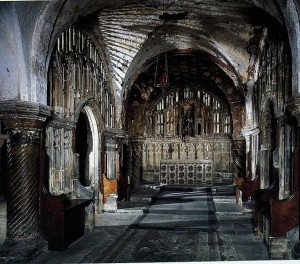
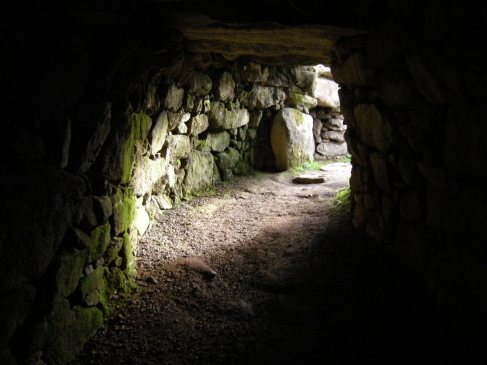

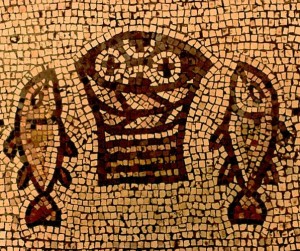

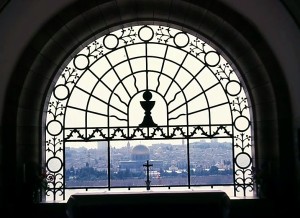
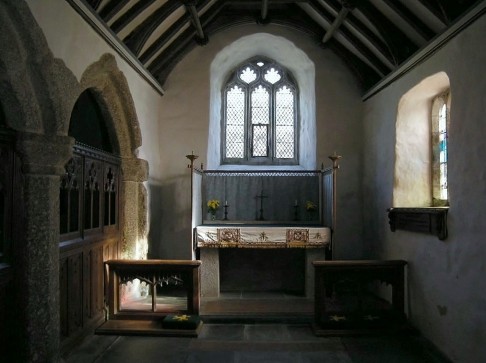
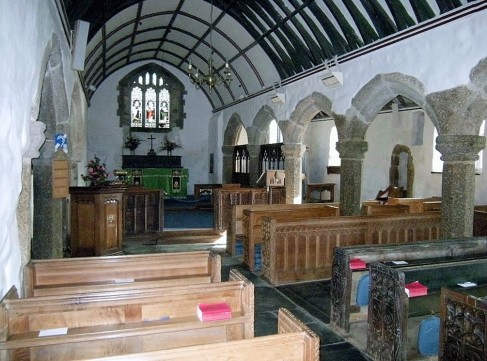
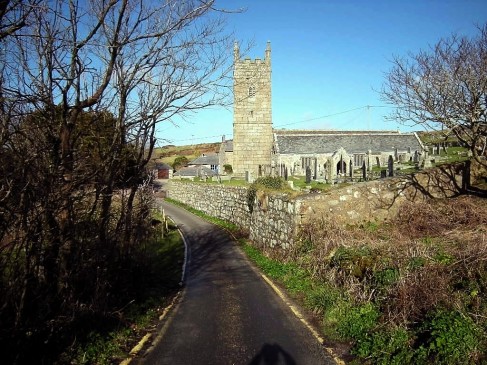
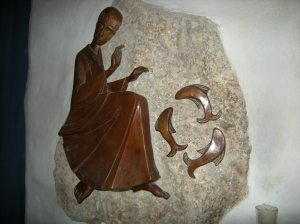

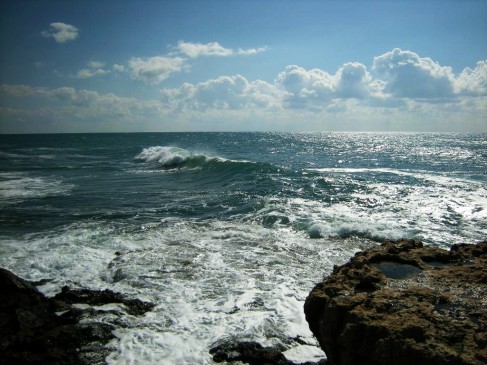
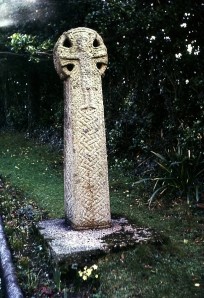











You must be logged in to post a comment.